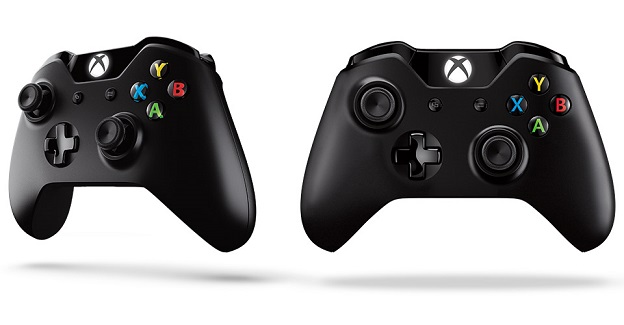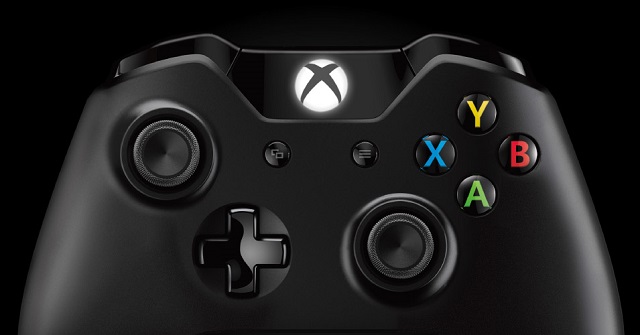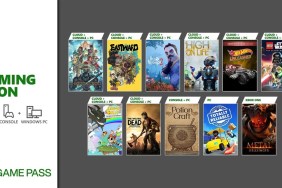(For a comparison to the PS4's Dualshock 4 controller, check out Daniel's impressions here.)
The first time my chubby little fingers wrapped themselves around the Xbox 360 controller, I fell in love. Sure, the honeymoon sort of ended the first time I tried to play anything with its mud-stuffed D-pad, but all told, it was my favorite way to play current-gen titles. I didn't think you could do much to improve it, but the more time I spend with the Xbox One's controller, the more subtle yet meaningful improvements reveal themselves to me.
The first thing you'll notice when you start playing with it is the new finish on the analog sticks. The recess is a bit deeper, sinking your thumbs farther in than before, and there they'll stay. Even if your thumbs slide towards the edge of the concave dimple in the center, they'll most likely catch on the new micro-weave plastic that lines the outside of the stick. Not only does it give the analogs a premium look and feel, but it makes your stick movements feel even more direct than before.
That's generally the theme all over the new controller, form and function coming together in a way that's both logical and stylish. The guide button has been moved well north of the buttons formerly known as “start” and “back,” and it's nearly flush with the rest of the controller as well. Not only does this give the controller face a cleaner, less cramped look, but it prevents accidental pressing of the guide button in the heat of the action. My only gripe here is that the materials used on the new guide button are the only thing on the controller that looks a bit cheap. The velvety sheen of the old guide button would have been preferable to the faux chrome in use here.

As you move further north on the controller, you get into the piece's true strokes of genius. The triggers and bumpers have been leveled to one another now, allowing for super-quick switches from one to the other. The bumpers are flatter too, with much more surface area to boot, making them easy to hit no matter the angle or orientation you like to keep your index fingers. And the triggers… my god, guys, these triggers. They're a bit wider and have slightly more travel than before, but the action on them is buttery-smooth with the perfect amount of resistance. But the best part about them isn't something you can look at and point to.
Inside the triggers are two additional rumble motors. Now hold on, I know what you're thinking. That rumble is a gimmick, a silly distraction that adds nothing to an experience. Until now, you'd be 100% correct to believe that. But these are true force-feedback devices. As you'll hear more about when I finish my forthcoming Forza 5 preview, these babies are so refined and precise in the sensations they produce that you can actually use them to understand what's going on around you in game. A tech demo on the floor recreated the feel of firing a chaingun, revving an engine, and flying a helicoptor, and each felt distinct and unbelievably articulated. If applied skillfully and judiciously, developers will actually be able to use this feature to add new layers of immersion.

Oh, and that honeymoon ending D-pad is long gone, folks. Replaced by a svelte, smooth, 4-way cross underpinned by micro-switches, each direction change is accompanied by a satisfying little click that you can hear and feel. Even complex inputs like special moves and long combos in Killer Instinct came off without a hitch, and I'm a total fighting game snob.
All told, this controller has impressed me. After playing Forza 5 with this controller, I never want to go back, and when everyone finally gets their mitts on it in November, I hope they'll feel the same.











